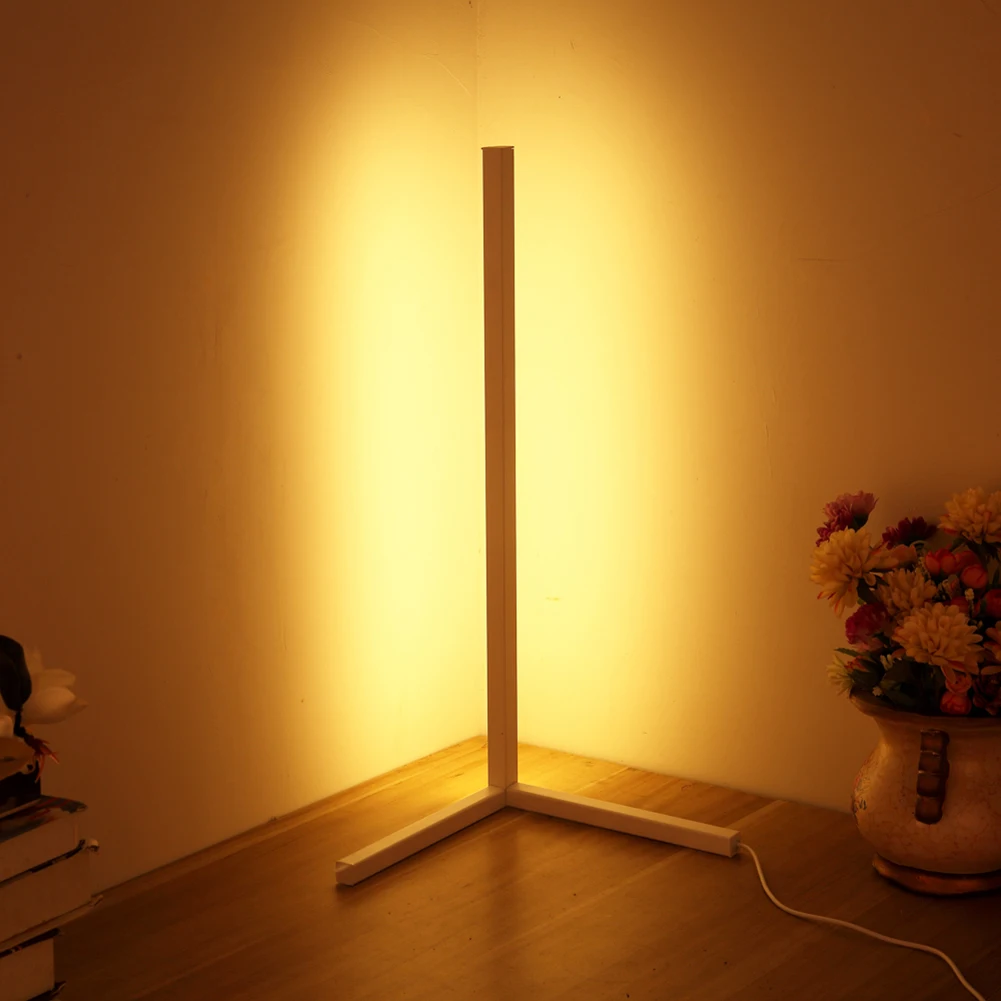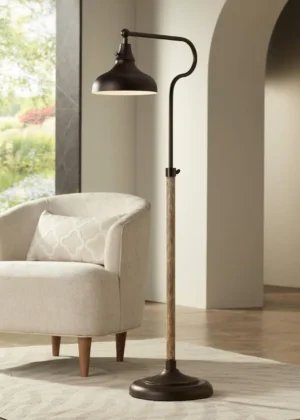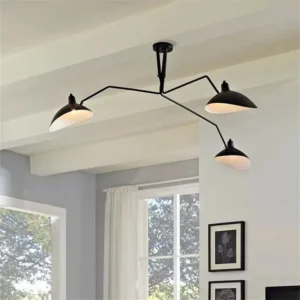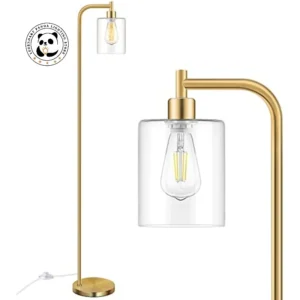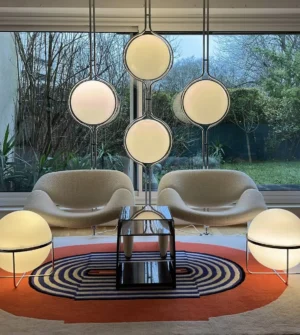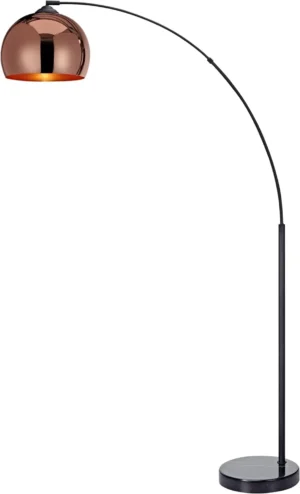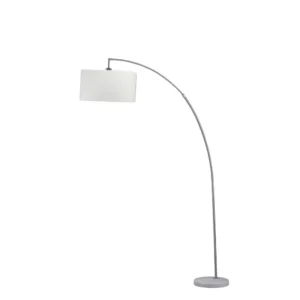Understanding Arc Lamp Lifespans by Type
Arc lamps create light by forming an electric arc between two electrodes, producing an intense, bright illumination. Their lifespan varies dramatically depending on design, materials, and usage conditions—making it important to understand what to expect from different varieties.
When considering lighting solutions for specific applications, knowing the typical operational hours can help with maintenance planning and cost calculations. Here’s how different arc lamp types compare in terms of longevity:
- Xenon Arc Lamps: 500-3,000 hours depending on design and application
- Mercury Arc Lamps: 200-2,000 hours varying by pressure and construction
- Metal Halide Arc Lamps: 6,000-20,000 hours, making them longer-lasting options
- Carbon Arc Lamps: Just a few hours before electrode replacement (largely historical)
The significant variation in these lifespans reflects fundamental differences in technology, materials, and operating principles. While some elegant lighting solutions for modern interiors incorporate arc lamp technology, their practical applications often depend on balancing the unique light qualities against lifespan considerations.
Many modern lighting systems attempt to capture the aesthetic appeal of arc lamps while addressing traditional lifespan limitations. The comparison between LED vs traditional arc lamps highlights how newer technologies have largely overcome many of the disadvantages of arc lamps in modern lighting environments.
For home and office applications, many consumers now choose LED arc floor lamps that mimic the classic arc lamp appearance while offering substantially longer operational life.
Xenon Arc Lamp Lifespan
Xenon arc lamps typically offer a lifespan range of 500-3,000 hours, with significant variation between short-arc and long-arc designs. These lamps contain xenon gas that produces a bright, daylight-quality illumination closely resembling natural sunlight.
Short-arc xenon lamps (500-2,000 hours) typically serve specialized applications:
* Cinema and digital projection systems
* Scientific instrumentation requiring precise light spectra
* High-end automotive headlights
* Solar simulation and materials testing
Long-arc xenon lamps (1,000-3,000 hours) find applications in:
* Architectural lighting
* Stage and studio lighting
* Specialized search lights and beacons
What makes xenon arc lamps particularly valuable despite their relatively short lifespan is their exceptional color rendering and spectrum that closely matches daylight. This makes them irreplaceable in applications where color accuracy matters more than operational longevity.
Mercury Arc Lamp Lifespan
Mercury arc lamps typically last between 200-2,000 hours depending on their design and application. Their distinctive bluish-white light and strong ultraviolet output make them suitable for specific technical applications despite their limited lifespan.
These lamps operate by creating an electric arc through vaporized mercury, with different pressure variants serving different purposes:
- Low-pressure mercury lamps: Used in UV sterilization and germicidal applications
- Medium-pressure mercury lamps: Common in water purification systems
- High-pressure mercury lamps: Used in specialized scientific equipment
The significant UV output from mercury arc lamps makes them valuable for applications like fluorescence microscopy, UV curing of polymers, and photochemical processing. However, safety considerations related to mercury content have led to their declining use in general lighting applications.
Metal Halide Arc Lamp Lifespan
Metal halide arc lamps significantly outperform traditional arc lamps with lifespans ranging from 6,000-20,000 hours. By adding metal halide salts to mercury vapor, these lamps produce a more efficient, whiter light with improved longevity.
Common applications include:
* Stadium and sports venue lighting
* Commercial retail lighting
* Aquarium and horticultural grow lighting
* Street lighting and large area illumination
These lamps represent an evolution in arc lamp technology, offering better energy efficiency and longer life while maintaining high brightness and good color rendering. Their popularity in commercial and industrial settings stems from their lower operational costs when factoring in replacement frequency.
Carbon Arc Lamp Lifespan
Carbon arc lamps represent the earliest arc lamp technology, with extremely short lifespans of just a few hours before requiring electrode replacement. These historic lamps create light by forming an arc between two carbon electrodes that gradually burn away during operation.
Once extensively used in:
* Early street lighting
* Movie theater projectors
* Military and civilian searchlights
* Early studio photography lighting
Despite their historical importance as the first practical electric lights, carbon arc lamps are now largely obsolete due to their inefficiency, maintenance requirements, and fire hazard. Modern lighting technologies have completely replaced them in virtually all applications.
Factors Affecting Arc Lamp Lifespan
While manufacturers provide average lifespan ratings, actual operational life depends on numerous interconnected factors. Understanding these variables helps users maximize lamp longevity and plan appropriate maintenance schedules.
The difference between a lamp failing prematurely and one exceeding its expected lifespan often comes down to careful attention to these key influences. Proper management of these factors not only extends useful life but also maintains optimal light output quality throughout the lamp’s service period.
The ultimate guide to LED arc floor lamps explores how modern designs address many traditional lifespan limitations. For home applications, dimmable arc floor lamps offer flexibility that can help extend bulb life when full brightness isn’t required.
Operating Conditions and Environment
The electrical and environmental conditions surrounding an arc lamp significantly impact its operational life. Even small deviations from ideal parameters can dramatically reduce expected lifespan.
Key electrical factors include:
* Power supply stability and quality
* Operating current (higher currents generally reduce lifespan)
* Voltage fluctuations and spikes
* Ballast or power supply matching
Environmental conditions that affect longevity include:
* Ambient temperature (overheating accelerates deterioration)
* Cooling system efficiency
* Dust and contaminant exposure
* Humidity and moisture levels
* Physical vibration or shock
Operating arc lamps within manufacturer specifications is critical. For example, overdriving a lamp with excessive current might produce more light temporarily but can reduce lifespan by 50% or more. Similarly, inadequate cooling can lead to premature envelope failures or electrode damage.
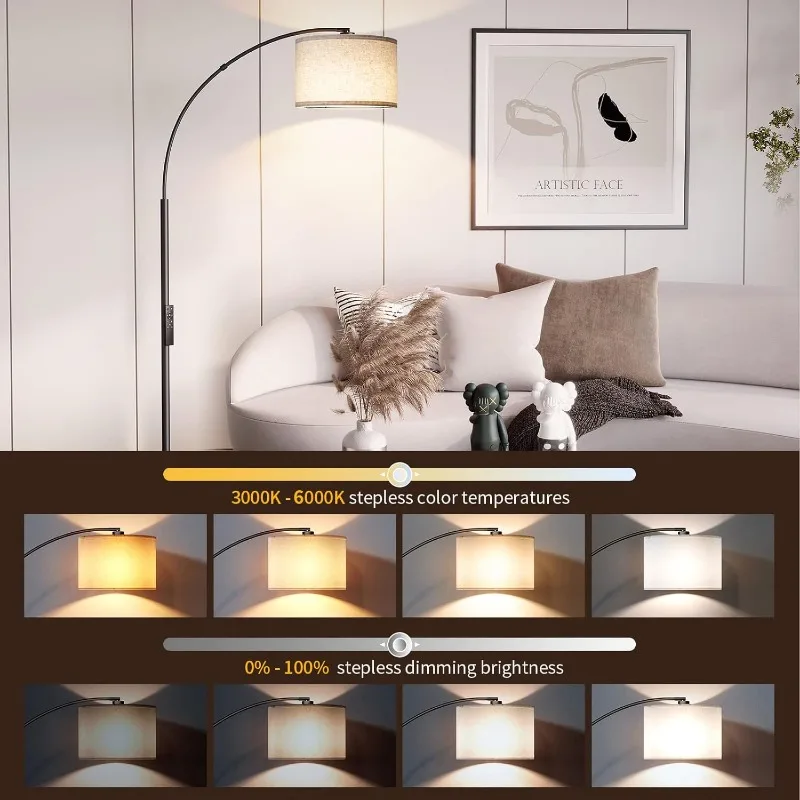
Ignition and Shutdown Cycles
The number of times an arc lamp is turned on and off significantly impacts its lifespan. Each ignition cycle creates thermal stress that gradually damages lamp components.
During startup, arc lamps require a high-voltage pulse to initiate the arc between electrodes. This momentary stress is particularly damaging to electrodes and seals. The frequent heating and cooling cycle from turning lamps on and off creates expansion and contraction that weakens materials over time.
For applications where maximum lamp life is essential, minimizing on/off cycles is recommended. Many specialized applications leave arc lamps running continuously during operational periods rather than switching them on and off for short-term needs. This practice is especially common with high-power xenon and mercury arc lamps in scientific and projection applications.
Some modern lamp systems incorporate soft-start technology to reduce the stress of ignition cycles, gradually warming electrodes before applying full power.
Lamp Design and Manufacturing Quality
Not all arc lamps are created equal. Design differences and manufacturing quality play crucial roles in determining operational lifespan.
Critical design and manufacturing factors include:
* Electrode material composition and purity
* Electrode geometry and precision
* Envelope material quality and thickness
* Gas fill purity and pressure
* Seal integrity and materials
Premium lamps often use higher-grade materials like thoriated tungsten electrodes rather than standard tungsten, providing better emission characteristics and longer life. Similarly, higher-quality quartz or ceramic materials for lamp envelopes resist thermal stress and contamination more effectively.
Manufacturing consistency also matters significantly. Variations in electrode alignment, gas pressure, or seal quality between supposedly identical lamps can lead to substantial differences in actual operational life.
How Arc Lamps Degrade Over Time
Understanding the physical mechanisms behind arc lamp degradation helps explain why these light sources have inherent lifespan limitations. Unlike simple filament failure in incandescent bulbs, arc lamps degrade through multiple complex processes.
The primary degradation mechanisms include:
* Electrode erosion from ion bombardment
* Envelope darkening from material deposition
* Gas absorption and pressure changes
* Seal deterioration from thermal cycling
* Chemical reactions between fill materials and lamp components
Electrode erosion occurs as the electric arc gradually removes material from the electrodes, changing their shape and spacing. This affects arc stability, light output, and eventually leads to failure. In mercury and metal halide lamps, this material often deposits on the inner surface of the glass envelope, causing darkening that reduces light output even before complete failure.
The purpose and evolution of arc lamps shows how designs have progressively addressed these limitations. Today’s modern arc floor lamps incorporate features specifically aimed at minimizing these degradation factors.
Maximizing Your Arc Lamp’s Lifespan
With proper care and operation, many arc lamps can achieve—and sometimes exceed—their rated lifespans. Following these best practices helps ensure optimal performance and longevity:
- Follow manufacturer warm-up protocols to properly stabilize electrodes and operating temperature
- Maintain consistent power supply with appropriate voltage regulation and surge protection
- Ensure adequate cooling with properly functioning fans and ventilation systems
- Minimize unnecessary on/off cycles by planning usage patterns
- Keep lamps clean by preventing dust accumulation on cooling surfaces
- Follow recommended replacement schedules for critical applications rather than waiting for failure
- Handle lamps properly during installation, avoiding finger oils on quartz surfaces
- Use matched components designed for your specific lamp type and power rating
For residential lighting, energy-efficient arc floor lamps often incorporate features that naturally extend lamp life through better thermal management and power regulation. Similarly, adjustable arc floor lamps allow positioning that can reduce operating temperature and stress.
Adjustable Arc Floor Lamp, Bronze Arc Floor Lamp
Price range: $440.95 through $558.52 Select options This product has multiple variants. The options may be chosen on the product page- Price range: $174.28 through $658.31 Select options This product has multiple variants. The options may be chosen on the product page
Brass Arc Floor Lamp, Contemporary Arc Floor Lamp, LED Arc Floor Lamp
Price range: $490.72 through $522.04 Select options This product has multiple variants. The options may be chosen on the product pageChrome Arc Floor Lamp, LED Arc Floor Lamp
Price range: $304.95 through $1,210.40 Select options This product has multiple variants. The options may be chosen on the product pageContemporary Arc Floor Lamp, Large Arc Floor Lamp, Marble Base Arc Floor Lamp
$224.94 Select options This product has multiple variants. The options may be chosen on the product pageContemporary Arc Floor Lamp, Silver Arc Floor Lamp
$459.99 Select options This product has multiple variants. The options may be chosen on the product page
Arc Lamps vs. Other Lighting Technologies
When considering lighting options, understanding how arc lamp lifespans compare to alternatives helps with appropriate technology selection:
| Technology | Typical Lifespan (hours) | Key Characteristics |
|---|---|---|
| Xenon Arc | 500-3,000 | Excellent color rendering, intense output |
| Mercury Arc | 200-2,000 | Strong UV output, specialized applications |
| Metal Halide | 6,000-20,000 | Good efficiency, commercial applications |
| LED | 25,000-50,000+ | Highest efficiency, long life, versatile |
| Incandescent | 750-2,000 | Warm light, poor efficiency, short life |
| Fluorescent | 7,000-20,000 | Moderate efficiency, widespread commercial use |
Despite shorter lifespans than modern LEDs, certain arc lamps remain irreplaceable in applications requiring specific spectral characteristics, extremely high brightness, or precise optical properties. The unique value proposition of arc lamps often lies in their specific light quality rather than operational longevity.
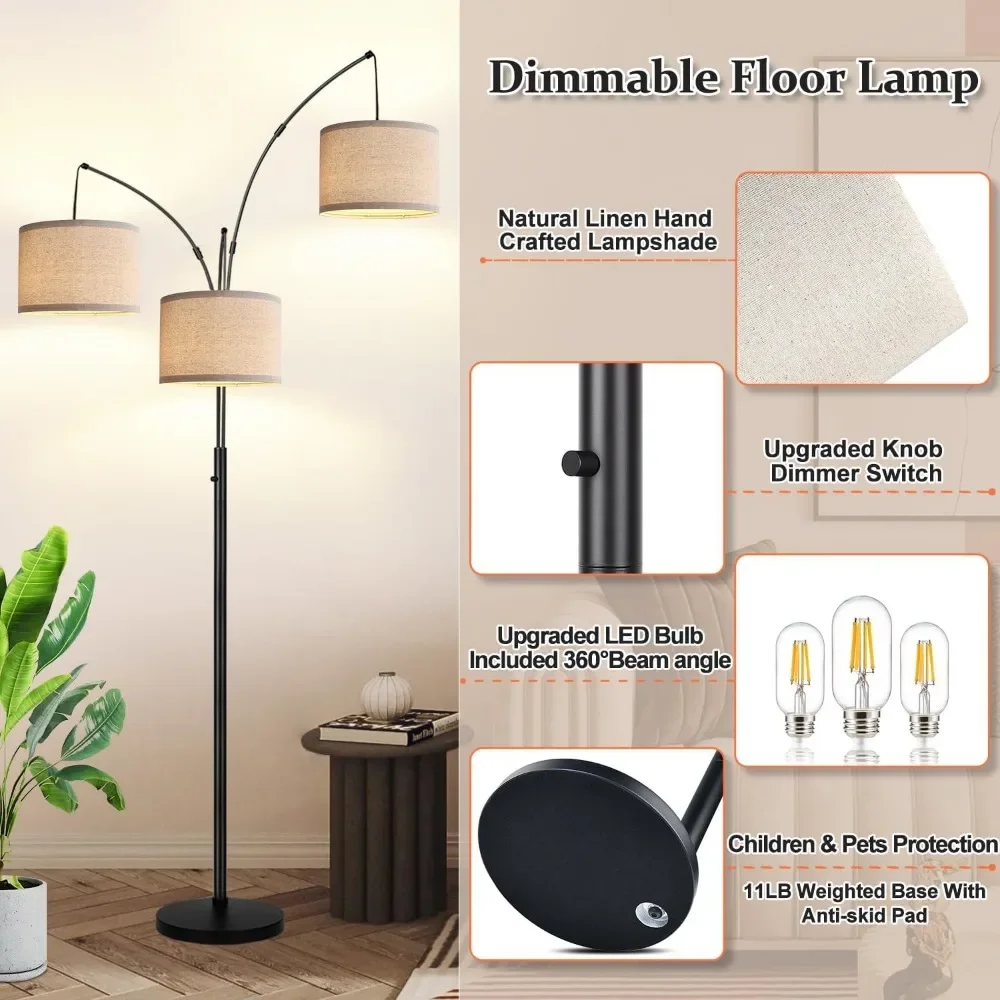
Are Arc Lamps Still Relevant Today?
Despite advances in LED technology, arc lamps maintain relevance in specialized applications where their unique characteristics remain unmatched. Their continued use focuses primarily on niche technical and scientific fields rather than general illumination.
Arc lamps remain superior in applications requiring:
* Extremely high brightness from a point source
* Specific spectral output with particular wavelengths
* Precise optical control and collimation
* Perfect color rendering for critical color matching
Common contemporary applications include:
* IMAX and high-end cinema projection
* Solar simulation for materials testing
* Specialized scientific instruments
* High-end automobile headlights (xenon HID)
While LEDs continue to improve, certain spectral and intensity characteristics of arc lamps remain difficult to replicate with solid-state lighting. For home decorative lighting, however, black arc floor lamps and similar products now typically use LED technology that mimics the aesthetic of traditional arc lamps while providing much longer operational life.
Safety Considerations for Arc Lamp Operation
Arc lamps involve several inherent safety hazards that require appropriate precautions during operation, maintenance, and disposal.
Key safety concerns include:
* High voltage operation (often several thousand volts)
* Explosion risk from high-pressure lamp envelopes
* Intense ultraviolet radiation that can damage eyes and skin
* High operating temperatures that create burn hazards
* Mercury content in many arc lamp types requiring special disposal
To operate arc lamps safely:
* Always use manufacturer-approved housings and shields
* Allow lamps to fully cool before handling
* Wear appropriate eye protection during maintenance
* Follow proper disposal procedures for mercury-containing lamps
* Never operate unshielded arc lamps, especially those with UV output
* Use caution when working with power supplies that may retain charge
These safety considerations highlight why arc lamps for consumer applications have largely been replaced by safer technologies, while their use in professional settings involves strict protocols and protective equipment.
When Should You Replace Your Arc Lamp?
Knowing when to replace an arc lamp before it fails entirely helps avoid unexpected downtime and potential equipment damage. Several indicators signal that a lamp is approaching the end of its useful life:
- Reduced brightness – Output typically decreases by 20-30% before failure
- Color shifts – Changes in spectral output or visible color temperature
- Difficulty starting – Increased time or multiple attempts needed for ignition
- Flicker or instability – Irregular light output or visible arc wandering
- Physical changes – Visible darkening of the lamp envelope or electrode distortion
- Exceeding rated hours – Approaching or exceeding manufacturer’s specified lifetime
In critical applications like medical equipment, scientific instruments, or projection systems, preventive replacement before complete failure is strongly recommended. For less critical uses, monitoring performance changes helps determine optimal replacement timing.
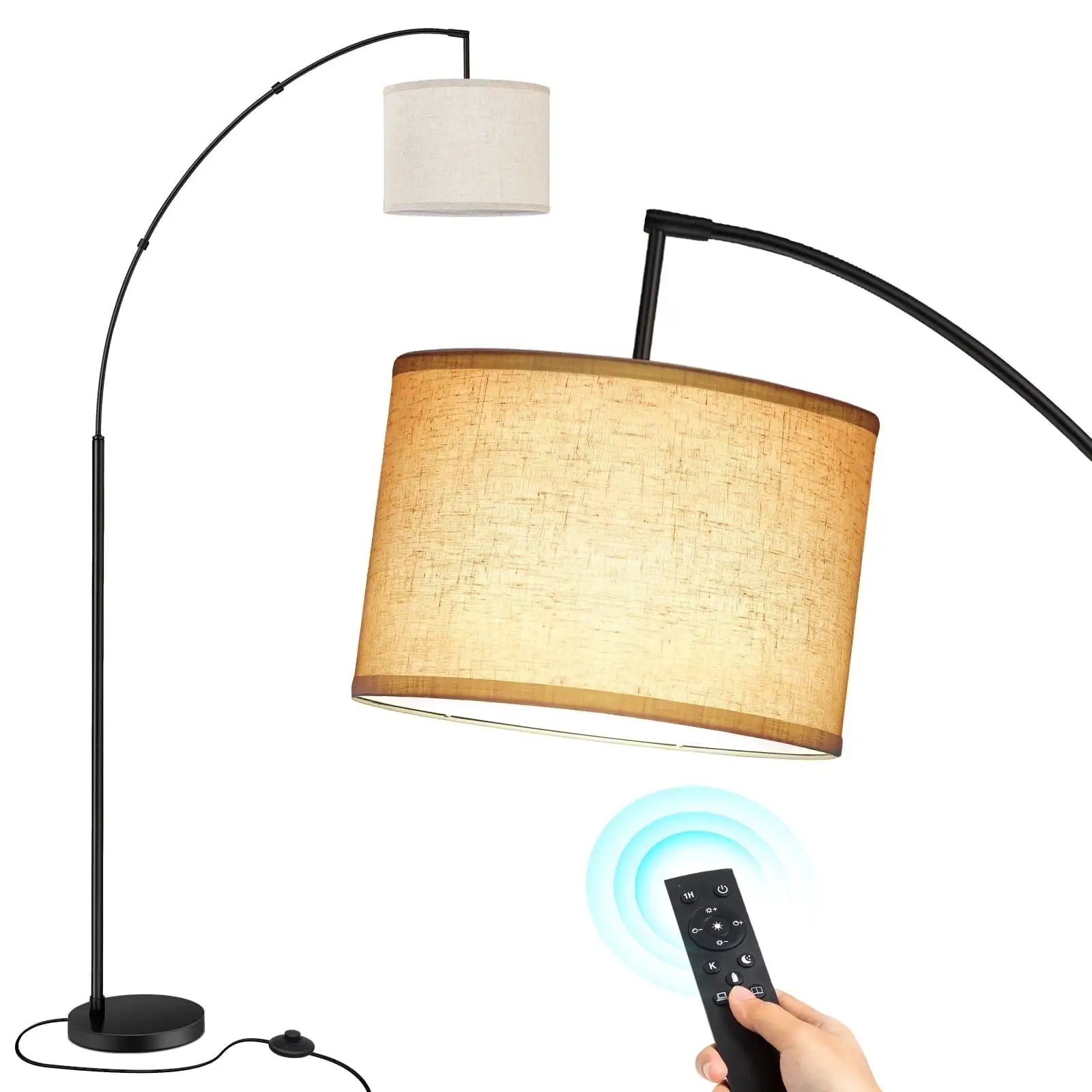
Common Arc Lamp Lifespan Questions
Can I extend my arc lamp’s life by running it at lower power?
Yes, in many cases. Operating arc lamps at slightly reduced power (typically 80-90% of rated power) can significantly extend lifespan, sometimes by 50% or more. However, this reduces light output and may change spectral characteristics. Consult manufacturer specifications before implementing this approach.
Will frequently turning my arc lamp on and off significantly reduce its life?
Absolutely. Each ignition cycle creates thermal stress that gradually damages electrodes and seals. If possible, plan usage to minimize on/off cycles. For applications requiring frequent switching, consider alternative lighting technologies like LEDs.
How do I know if my arc lamp is nearing the end of its useful life?
Watch for decreased brightness, color shifts, longer starting times, and flickering. These are reliable indicators that replacement will soon be necessary. In critical applications, tracking operating hours and replacing lamps preventively is recommended.
Does the environment affect my arc lamp’s lifespan?
Yes, significantly. Operating temperature, cooling efficiency, vibration, and dust can all impact longevity. Maintaining a clean, cool environment with stable power supply maximizes operational life.
Are some brands of arc lamps more reliable than others?
Quality varies considerably between manufacturers. Premium lamps often use higher-grade materials and more precise manufacturing processes. While they cost more initially, higher-quality lamps typically provide more consistent performance and longer operational life.
For residential lighting needs, multi-light arc floor lamps distribute illumination across multiple bulbs, potentially reducing the stress on any single light source and creating a more balanced lighting solution.

